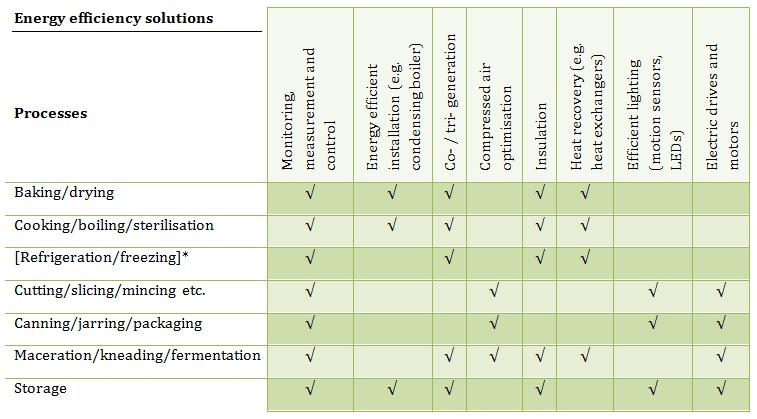Do you know that energy costs are among the top cost items for food and beverage manufacturers? This is mainly due to precise temperature-controlled processes such as baking, boiling, sterilisation, etc. that are fundamental to this industry. But there many practical ways to reduce energy use that can be implemented.
The first step is the implementation of a holistic investigation of the energy flows throughout your production facilities. This will help you to understand which processes are the more energy intensive and, therefore, where to focus your efforts. For instance, you may want to apply measures to optimise energy use for baking or coffee roasting, depending on your processes.
To make such overall investigation part of your business, you may adopt a comprehensive and verified energy management system. In such a system all the energy flows within the production facility are systematically accounted for and measured. This action can be further complemented by the installation of meters at the individual process level and/or regular energy auditing.
Sometimes you will discover that the solution you have currently adopted is not the most efficient. For instance, you may want to avoid using compressed air for processes that do not need it, such as drying bottles.
Another way of reducing your energy costs is the integration of renewable energy for electricity and/or heat generation. In the case of electricity, you can study whether you are able to generate renewable electricity on-site but, if not, you can always purchase electricity from renewable sources from a local utility. For heat, you would typically need to generate the heat from renewables in your own facility but integration in the manufacturing processes may prove a bit more complex. However, many food and beverage manufacturing processes need heat at relatively low temperatures that can be easily provided by renewable systems, such as solar thermal collectors. As a prerequisite, the heat demand and the type of the process where the heat is used must be thoroughly analysed.
Overall, a good inspiration can be taken from the Table below, which presents a number of food and beverage manufacturing processes against relevant energy efficiency solutions.
